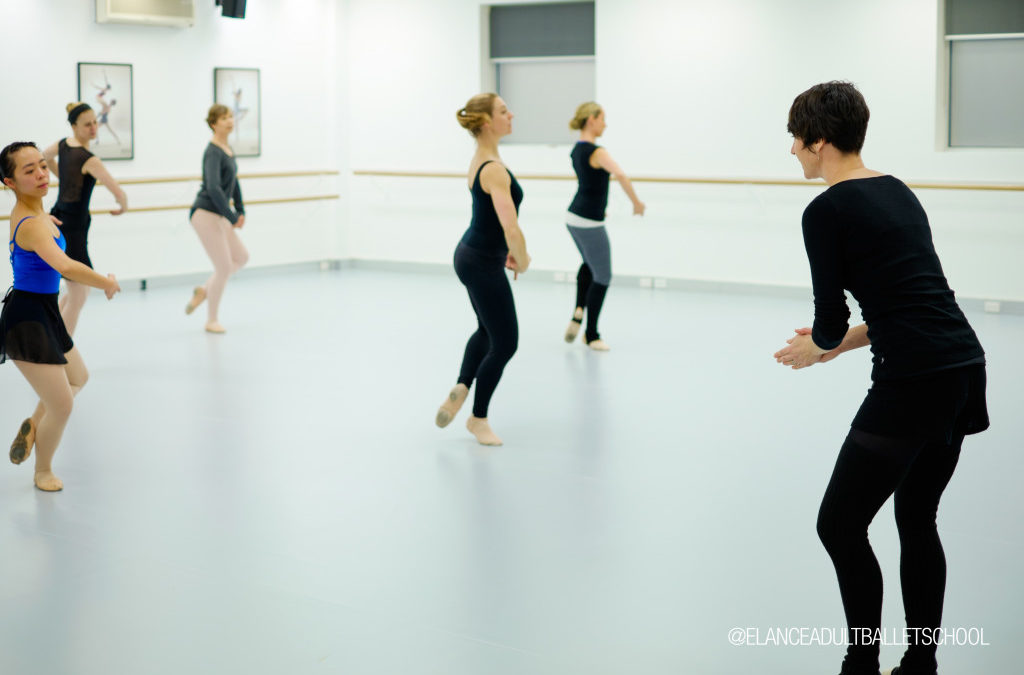“HELP! I CAN’T REMEMBER THE EXERCISE!”
The music is about to begin and suddenly your mind is blank! You’re part-way through an enchaînement and cannot remember the next step. Is this problem unique to you? How do other dancers remember an exercise when you don’t?
Difficulty in retaining an exercise from the ‘mark’ to execution is not uncommon, though it is understandably disquieting. The moment you forget an enchaînement is the precise moment that your dance quality and – let’s be honest – your confidence, disappears.
Is there a solution? Absolutely. The skill to pick up and retain ballet exercises can be learned and as with any skill, it will improve with practise.
The following tips are some of our favourites for enhancing the ability to retain enchaînements. Apply the tips that best resonate and you’ll notice an immediate improvement in your ability to remember your exercises.
Pay attention to the mark!
Be engaged during the mark and always mark exercises yourself, either with just your hands or in entirety. Simply watching a mark is not enough to cement the combination in preparation for instant recall. Physically marking the exercise acts like an “imprint” on the body and enhances the likelihood of both retention and recall.
“Sing the song”…
Do not treat your exercise like a shopping list of steps, i.e.; “demi-plie – glissé devant – petit retiré passé”. Your teacher will set the exercise in the correct rhythm, so listen and learn the ‘song’. eg: ”Press and push front, hold & close. Pick up and hold and hold, close behind”. All the clues are in the words of the song!
Take hints from your music…
Listen to the music when your teacher first plays it. The style and tempo of the music will help prepare you for the exercise to come. Use the highlights in the music to relate to the highlights in the choreography, i.e. the arabesque relevé happens on the dramatic high note of the piece.
Start small…
Know how your exercise starts. Is your preparation just a breath, or is the arm going to 2nd? Get the first 4 counts in your head and you’re off to a good start. Then the next 4 counts might just flow, and so on. Be actively engaged as your teacher is about to start the music, standing in preparation whilst revising the first steps in your head.
Break exercises up into ‘sections’ or ‘chunks’…
An exercise is easier to remember when mentally divided into sections, rather than being treated as a long string of steps. Enchaînements may, at times, be separated into two or more sections. A rond de jambe, for example, may have a section of port de bras. A grand battement may have one ‘verse’ of grand battement en croix, then a second ‘verse’ of 2 x grand battement to 2nd and a retiré passé.
Understand the “big picture”…
It is useful to understand the overall floor/movement pattern of an exercise and then add the detail. It’s like a world trip – first you plan the countries you will visit, then you fine tune the cities you will visit and where you will stay. This strategy is particularly useful for centre work.
Find the ‘sticking point’…
Don’t practice the entire exercise if there is just one part that is your stumbling block. Isolate that element and practise it alone. Then add the step that comes just before it…then add the step afterwards and it will flow.
Don’t stop!
If you do make a mistake, pick up the exercise as quickly as you can. Learn to cover your mistakes with such confidence that you leave others wondering if they were wrong! Don’t dwell on mistakes as the moment is gone but the dance continues.
Take more classes!
Attend class regularly – the best way to improve your ability to remember exercises is to do more of them!
If all else fails…
If you are going to make a mistake, be spectacularly wrong and be sure to smile! Above all, start and finish every exercise beautifully – this will always be remembered and appreciated.



1 Comment
thank you adultballet for giving me wonderful information